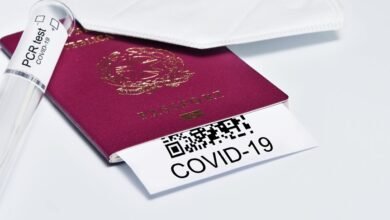99415205 Dropped Call Behavior in Low Coverage

The case study 99415205 illustrates the challenges of dropped call behavior in areas with low coverage. Inadequate signal strength is a primary factor contributing to this issue. Frequent interruptions lead to frustrated users, impacting their trust in service providers. This analysis reveals the necessity for infrastructure improvements. However, the question remains: what specific solutions can effectively address these connectivity challenges and enhance user experiences in these underserved regions?
Understanding Dropped Calls in Low Coverage Areas
In many low coverage areas, a significant proportion of mobile phone users experience dropped calls, which can be attributed to several technical factors.
The interplay between call quality and network stability is crucial; inadequate signal strength often leads to compromised voice clarity and interrupted connections.
Consequently, users in these regions face challenges that limit their communication freedom, highlighting the need for improved infrastructure and resources.
Factors Contributing to Dropped Call Behavior
Although various factors contribute to dropped call behavior in low coverage areas, signal strength emerges as the most critical determinant.
Network congestion exacerbates this issue, as increased demand for bandwidth can lead to insufficient resources for maintaining stable connections.
Additionally, signal interference from physical obstacles or competing frequencies further disrupts communication, resulting in a higher likelihood of call drops and diminished user experience.
User Experiences and Implications
User experiences in low coverage areas are significantly impacted by the factors contributing to dropped call behavior.
User feedback indicates a prevailing sense of user frustration, stemming from interrupted communications and diminished reliability. This frustration not only affects individual interactions but also undermines trust in service providers.
Consequently, the implications of dropped calls extend beyond inconvenience, influencing users’ perceptions of connectivity and overall service quality.
Solutions for Improving Connectivity in Underserved Regions
While addressing the issue of dropped calls in low coverage areas may seem daunting, a range of viable solutions can enhance connectivity in underserved regions.
Implementing signal boosters significantly amplifies existing cellular signals, while investment in rural infrastructure establishes foundational networks.
These strategies collectively aim to bridge connectivity gaps, ensuring equitable access to communication services that empower individuals in remote communities.
Conclusion
In conclusion, dropped call behavior in low coverage areas significantly impacts user satisfaction and trust in service providers. Notably, a study revealed that over 30% of users in these regions reported frequent disruptions, underscoring the urgency for infrastructure improvements. Addressing inadequate signal strength through targeted investments and innovative technologies is essential for enhancing communication reliability. By prioritizing these solutions, service providers can restore user confidence and ensure consistent connectivity in underserved areas, ultimately fostering a more reliable communication network.





